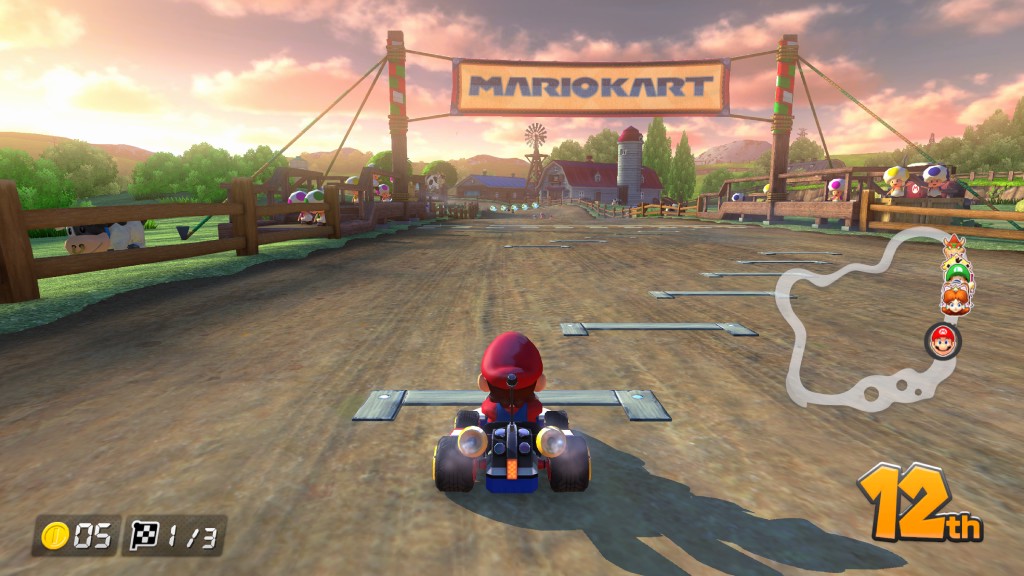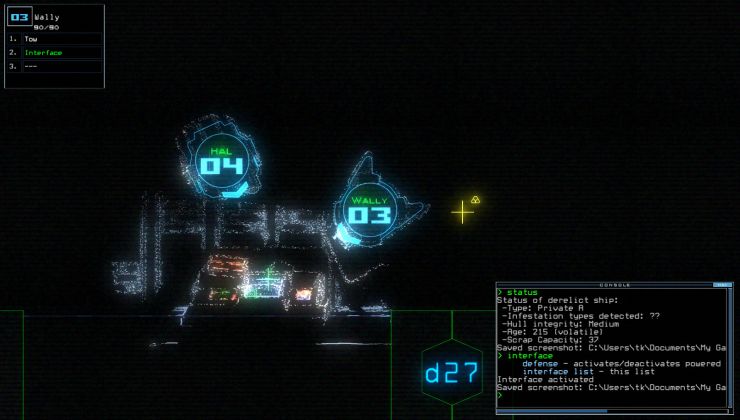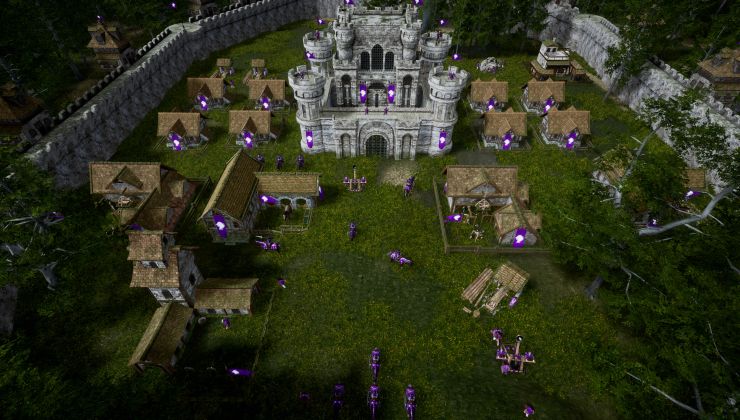The incredible team building the Nintendo Switch emulator yuzu have a new progress report out for June 2023 and it's quite a doozy. Yes June, they're running over previous work. As usual, it's a lengthy read full of technical speak and exciting features and fixes so I'm here to summarise the important bits for you.
Picture above is Mario Kart 8 Deluxe, which now has much improved rendering thanks to all their working going into improving anisotropic filtering at higher values without rendering issues, improving image quality and it fixed up an old rendering bug for Mario Kart 8 too.
yuzu itself now ships with "virtually all" time zone data that the Switch has by default, so one less thing needed from a firmware dump.
They fixed a problem when "a memory page is being used by the GPU and written by the CPU at the same time" which solved various graphics bugs in Pokemon Scarlet & Violet, The Legend of Zelda: Breath of the Wild & The Legend of Zelda: Tears of the Kingdom, SUPER MARIO ODYSSEY, Xenoblade Chronicles 3, Xenoblade Chronicles: Definitive Edition and more games.
Improvements were also made for people with lower RAM, managing a "99.6% reduction" in RAM use for shader recompiling. Especially useful for people with 16GB or less RAM.
Games that use Unreal Engine 4 should no longer have broken textures with the Vulkan API (mostly an issue on NVIDIA), plus another improvement for UE4 games thanks to test the Pikmin 4 Demo that was crashing (and now solved).
One change that people with 4GB or lower VRAM might not appreciate is their Vulkan memory manager change. They adjusted it to "prefer (instead of require) using device local memory (VRAM) for image memory, which ends up allowing up to 50% of shared memory (system RAM) to be used by the GPU". This makes most UE4 games stable, but Tears of the Kingdom and other VRAM intense games may stutter more once VRAM gets close to full.
Speaking of Tears of the Kingdom, you can now safely upscale it higher without breaking the ambient occlusion effects.
OpenGL API rendering also saw some improvements, with the implementation of a local memory warmup shader for NVIDIA. They also extended persistent buffer maps from the texture cache to their buffer cache which they said "more than doubles the performance of OpenGL on NVIDIA hardware" and they said they expect to see similar results with Mesa on Linux too.
They still suggest Vulkan for being smoother but keeping up OpenGL improvements helps older hardware.
A Linux-specific fix was also implemented recently to hopefully prevent you needing to adjust the vm.max_map_count setting in your system for longer play sessions.
For the exact details head along to the yuzu blog post. There's a lot more, I'm just cherry-picking some fun stuff.








 How to set, change and reset your SteamOS / Steam Deck desktop sudo password
How to set, change and reset your SteamOS / Steam Deck desktop sudo password How to set up Decky Loader on Steam Deck / SteamOS for easy plugins
How to set up Decky Loader on Steam Deck / SteamOS for easy plugins
See more from me